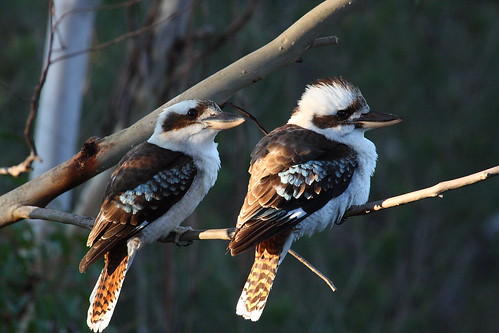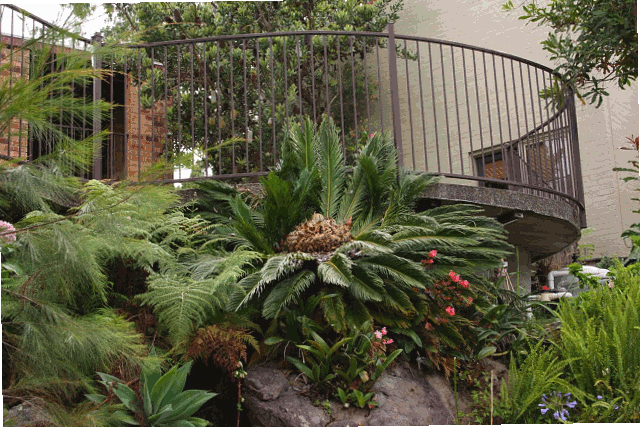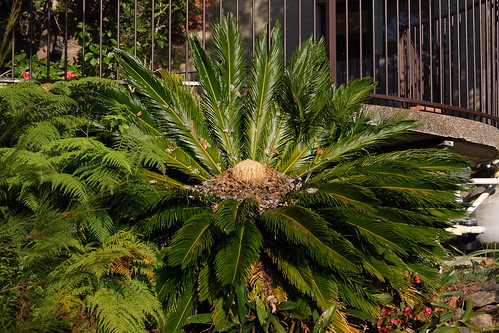Cacophis squamulosus
My wife found this snake under a house brick while gardening in the back yard. My 5 year old daughter identified it as a white crowned snake after reading a snake book that our neighbors had given her a few weeks earlier She was pretty damn close! After more consultation with the book we were confident this is actually a golden crowned snake. The crown marking on it’s head is quite distinctive, unlike the white crowned snake the golden crowned’s crown has a gap at the back of the head near the neck.
It’s quite small, it would have been about 30cm long and about 1cm thick in the body just behind the head. It hung around for a few minutes after it was disturbed then calmly slithered away to hide under a nearby wood pile. We don’t often see snakes near the house, we were happy to have seen it, and it was great to be able to identify it too.

Golden crowned snakes are found along much of the east coast of Australia from Queensland to NSW. They are not large growing to a maximum length of 75cm. Although they are venomous they are not considered dangerous to people, they are nocturnal and feed mostly on small lizards, frogs and blind snakes.
more info:






